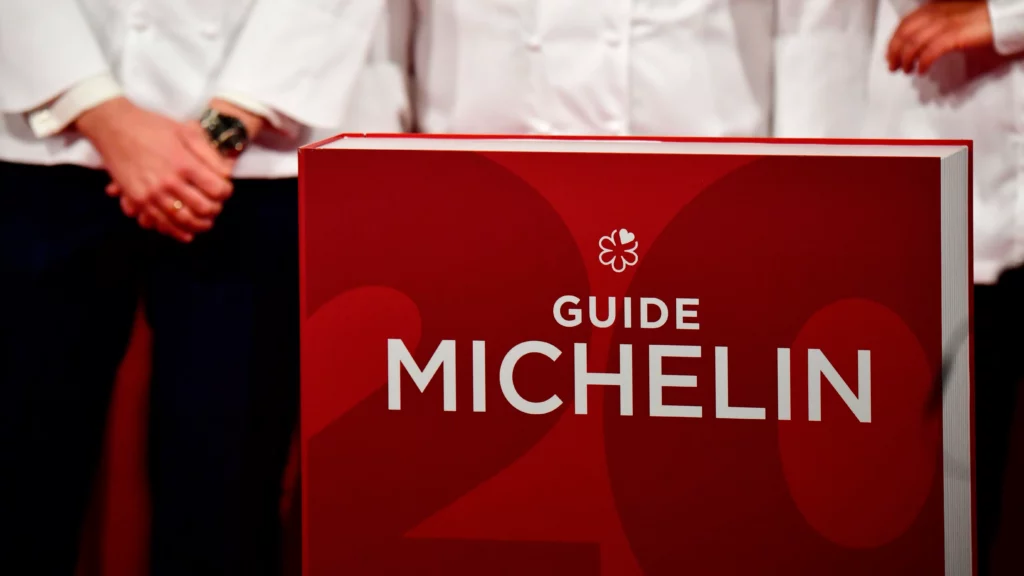Introduction
For food enthusiasts and culinary explorers, the Michelin Guide stands as a celestial map, guiding them through a constellation of exceptional dining experiences worldwide. Originating from the Michelin tire company in 1900, the guide initially aided motorists with practical information but transformed into a prestigious benchmark for restaurants. In this exploration, we’ll journey into the intriguing world of the Michelin Guide, uncovering its history, significance, and its profound impact on the culinary landscape.
The Michelin Guide’s Illustrious History
1. Origins in Travel Excellence
Born in 1900 from the French tire company Michelin, the guide initially served as a tool for motorists, offering practical information such as maps, tire-changing instructions, and details about accommodations and restaurants. The concept of awarding stars for culinary excellence was introduced in 1926.
2. The Evolution of Michelin Stars
The Michelin Guide’s star system, ranging from one to three stars, became the gastronomic standard for evaluating restaurants. One star denotes “a very good restaurant,” two stars signify “excellent cooking, worth a detour,” and the coveted three stars represent “exceptional cuisine, worth a special journey.”
The Significance of Michelin Stars
1. Culinary Prestige
A Michelin star is synonymous with culinary excellence and is considered one of the highest honors a restaurant can achieve. The stars are awarded by anonymous inspectors who meticulously evaluate the quality of ingredients, skill in preparation, the combination of flavors, creativity, and consistency.
2. Global Recognition
Michelin Guides are now published for cities and regions worldwide, providing global recognition for restaurants that meet the guide’s exacting standards. The inclusion of diverse culinary scenes, from street food stalls to haute cuisine establishments, reflects the guide’s commitment to celebrating gastronomic diversity.
Impact on Culinary Culture
1. Culinary Tourism
Michelin-starred restaurants often become culinary destinations, attracting food enthusiasts and tourists eager to experience the pinnacle of gastronomy. Cities and regions featured in the guide experience a surge in culinary tourism, boosting the local economy and elevating their culinary reputation.
2. Influence on Chefs and Restaurants
A Michelin star can catapult a chef and their establishment to international acclaim. Chefs aspire to earn and maintain Michelin stars, often pushing the boundaries of culinary innovation. The guide’s influence extends beyond recognition; it shapes culinary trends and inspires chefs to strive for perfection.
Criticisms and Controversies
1. Pressure and Stress
While a Michelin star brings prestige, it also brings immense pressure. The relentless pursuit of perfection can create a stressful environment for chefs, leading some to question the guide’s impact on mental health and work-life balance in the culinary industry.
2. Subjectivity and Anonymity
The anonymity of Michelin inspectors has sparked debates about the subjectivity of their evaluations. Some argue that the criteria for awarding stars may not align with evolving culinary trends or diverse cultural perspectives, leading to occasional controversies.
The Michelin Guide Today
1. Adaptation to Modern Tastes
In recent years, the Michelin Guide has adapted to reflect changing culinary landscapes. In addition to traditional fine dining establishments, the guide now includes more casual and diverse venues, recognizing the evolving tastes and preferences of modern diners.
2. Sustainability and Inclusivity
The Michelin Guide has increasingly embraced sustainability and inclusivity. The Green Star, introduced in 2020, recognizes environmentally conscious practices, while the guide actively seeks to highlight diverse culinary experiences, acknowledging the richness of global gastronomy.
Conclusion
The Michelin Guide, with its rich history and global influence, remains a guiding star for culinary enthusiasts. Despite criticisms, it serves as an unparalleled resource for discovering exceptional dining experiences and shaping the trajectory of the culinary world. As the guide evolves to embrace sustainability, inclusivity, and changing diner preferences, it continues to celebrate the artistry and innovation defining the world of gastronomy.









